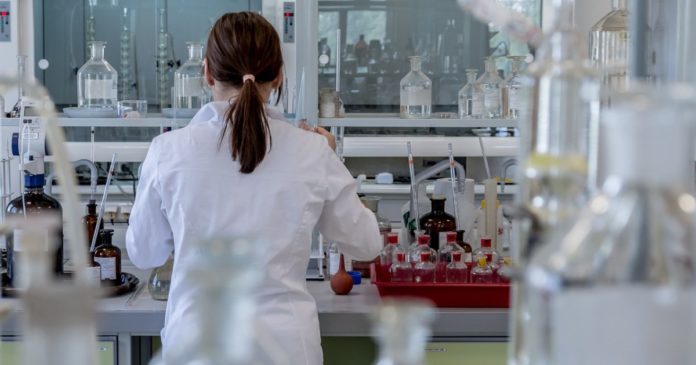A Health Canada study has indicated a huge difference in pesticide prevalence between regulated and illicit cannabis.
Medicinal cannabis has been legal in Canada since 2001 and was legalised for recreational use in 2018. Among the requirements for licensed producers is no unauthorized pesticides are used to treat cannabis or to have contaminated it.
Even with comparatively easy access to regulated cannabis, the illicit market in Canada is still thriving. The Canadian Cannabis Survey 2021 revealed up to 13% of Canadians still report consuming illicit cannabis almost exclusively. Without the same regulation and quality controls, this raises concerns related to health, including the presence of pesticides in illicit cannabis products.
In its study, Health Canada used an expanded 327 multi-residue pesticide analysis in cannabis inflorescence, with some unsettling results. 36 licensed samples were purchased from licence holders located in all five Canadian regions. 24 illicit cannabis samples were obtained from seizures by law enforcement officers across the country that had been submitted to Health Canada for laboratory testing. Both the licensed and illicit samples were acquired in 2021.
A combination of gas chromatography—triple quadrupole mass spectrometry (GC–MS/MS) and liquid chromatography—triple quadrupole mass spectrometry (LC–MS/MS) were used for the simultaneous detection and quantification of 327 pesticide active ingredients. This is well above the mandatory testing for 96 pesticide active ingredients for licensed cannabis.
Licensed samples saw a 6% sample positivity rate. Only two pesticide residues were detected, myclobutanil and dichlobenil, and at the method’s lowest calibrated level (LCL) of 0.01 μg/g.
But for illicit cannabis inflorescence samples analysed, there was a 92% sample positivity rate covering 23 unique pesticide active ingredients – with 3.7 different pesticides identified on average per sample.
“Chlorpyrifos, imidacloprid, and myclobutanil were measured in illicit samples at concentrations up to three orders of magnitude above the method LCL of 0.01 μg/g,” state the researchers..
While acknowledging their work was a small study, the authors state the results support the Government of Canada messaging advising consumers that consumption of illicit cannabis can lead to adverse effects and other serious harms.
The Health Canada study report has been published in the Journal of Cannabis Research.


